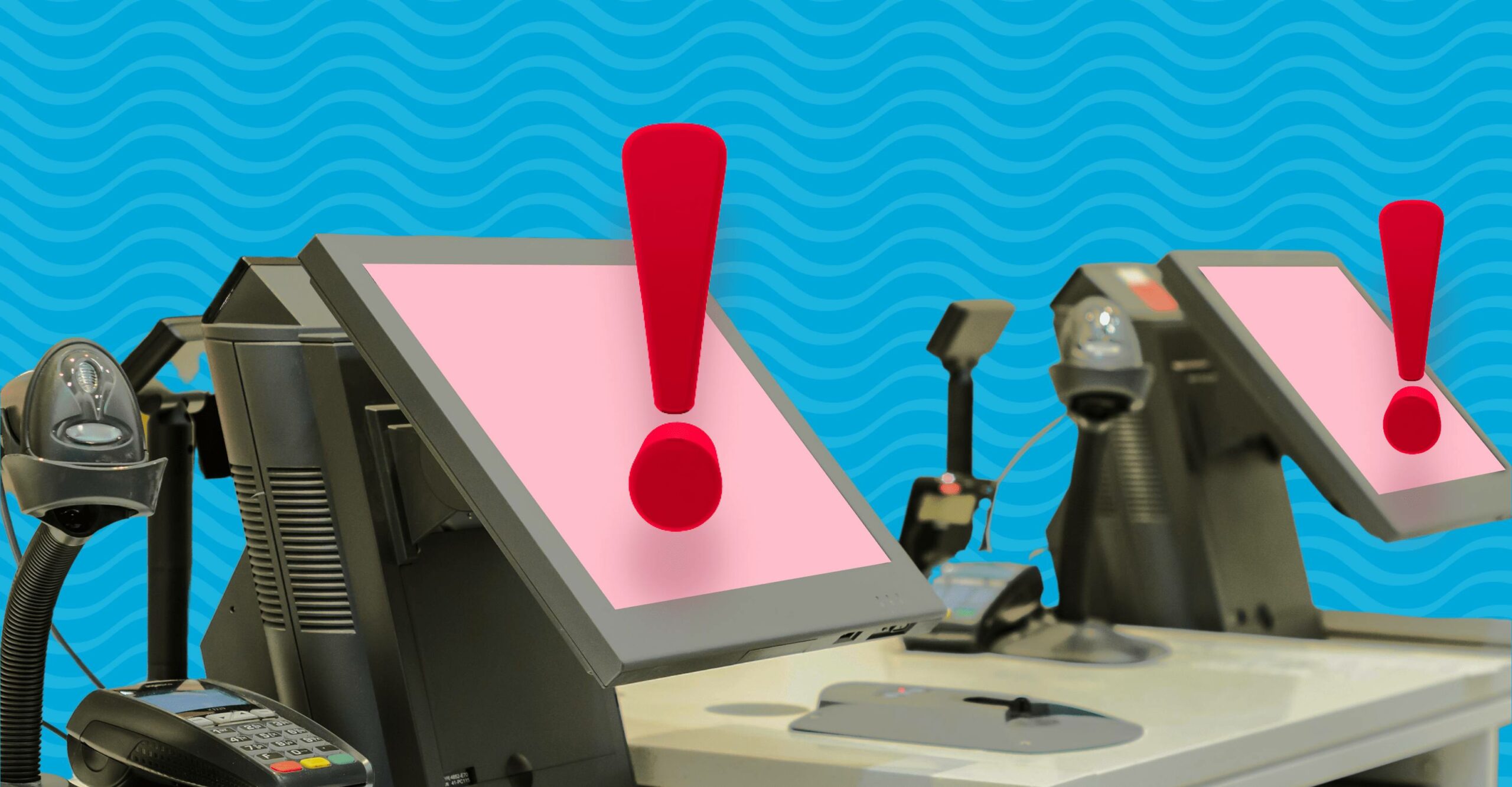A great in-store experience not only encourages shoppers to become high-spending loyal customers but it also encourages positive word of mouth, referrals, reviews and social sharing. All which lead to higher engagement, retention, and business growth. Get it wrong however and you will see the opposite happen. Shoppers are increasingly impatient and their expectations continue to rise – it only takes a few negative touch-points in-store for them to walk out and tell their friends and family about it later that day! Almost 90% of consumers switch to competitor brands after a poor experience with a company’s sales representatives. (1). The good news is that the most common mistakes in the store environment that contribute to a poor experience, walk-outs and no further visits can be identified and managed.
1. Failing to engage the customer.
In today’s competitive market, shoppers need to feel like they have been cared for and entertained. Ensuring shoppers enjoy their experience and don’t get bored or feel ignored by staff will maximise conversion rates and dwell time that drives up average transaction values. Your store staff need to be able to read shoppers when they enter the store. If they look like they would welcome help, approach them with a greeting and start to build the relationship from there. If they are after a quick and fast shop, then allow them to find what they need, and then build rapport from there.
Repeat customers (at the very least loyal VIPs) should be known on a ‘name and face’ basis by all key employees. Regular collaboration amongst employees to transfer knowledge on these customers is vital. Sharing profiles of important customers in your POS CRM system has been a practice of luxury brands for a long time, but is equally applicable to all retail sectors.
Employees are still reluctant to step from behind the desk and engage customers out on the shop floor. Training coupled with POS software that is able to be used on mobile tablets has proven to significantly increase Average Order Value and conversion times. At the checkout there are endless opportunities to interact with shoppers to generate additional last-minute sales, capture vital customer information for future personalisation and marketing, and collect valuable feedback for continuous improvement. As customers purchase in-store, employees should be swiping loyalty ID cards or tags to identify the customer, address them by their first name, personalise the experience and take the opportunity to further enhance that customer’s profile in the CRM.
Retailers must ensure they hire people who will represent their business well, and align with the behaviours and principles of the brand. Staff should be up-skilled where ever possible with multi-disciplinary systems to adapt to the needs of the customer, market, and business. They should also be empowered with the right technology and business processes to be confident to engage first-time store visitors and loyal customers. Creating a stand-out retail store means re-connecting with your brand story and weaving it through every customer interaction. Focus on the store narrative, customer flow, store mapping and ambience. Physical retail needs to venture beyond product, creating memorable experiences that pull customers in and have a stronger (and more emotional) influence over transactional selling. From learning courses, cafes, co-working spaces to bespoke pop-ups, retailers need to create more social, tactile, and digital in-store experiences that can’t be offered online.
2. Failing to solve the customers product requirements.
Whilst providing an engaging, entertaining and pleasurable experience is vital, if you don’t present a relevant product solution for what the shopper actually stepped in-store for then you’ll still miss out on the sale. Having the right product selection available and suitable inventory levels in each of your stores is an obvious thing to get right. But it is still one of the most common failures we see in Australian and New Zealand retail. Under-stocking and overstocking results in a drastic amount of lost sales. The average retailer loses 4% of potential revenue due to 31% of customers buying products from other retailers when items are not immediately available for purchase (2).
The other other major disconnect is store employees being able to diagnose the customers requirements and present the right product solutions/options for them. Store staff need to be able to ask the right questions to quickly identify the desired products (or closest matches if out of stock) and budget as well as present up-sell alternatives and complimentary cross-sell items. Having a Point of Sale system with intelligent product search and recommendations will empower your staff to quickly hone in on the right options and close the sale.
3. Losing out on named sales and repeat visits.
Capturing the names and profiles of your customers for ongoing personalisation, loyalty programs and marketing to drive repeat store visits and maximum lifetime value should be a key KPI for retailers. There are a wealth of existing customer growth and loyalty programs you can engage in if key details are captured. Yet many stores still let shoppers walk away unidentified and fail to turn them into repeat customers.
At Retail Express, maximising named sales is a top item on the agenda of the growth-focused retailers we partner with. Overall store and individual staff KPIs and incentives are designed with this front of mind. Having advanced CRM capability within your in-store Point of Sale system is pivotal to progressively profiling customers. Retailers need to overcome all three of the above in-store challenges in order to compete into today’s intensively competitive arena and achieve sustainable, profitable growth.
Having a great shopping experience but failing to offer a suitable product solution isn’t commercially viable. Likewise, offering suitable product solutions but having a painful or boring store experience and / or not capturing customer profiles is unlikely to allow you to foster loyal, repeat customers and brand advocates. Getting your people, processes, systems and technology focused on these three areas is vital to bricks and mortar multi-store growth.
Sources:

